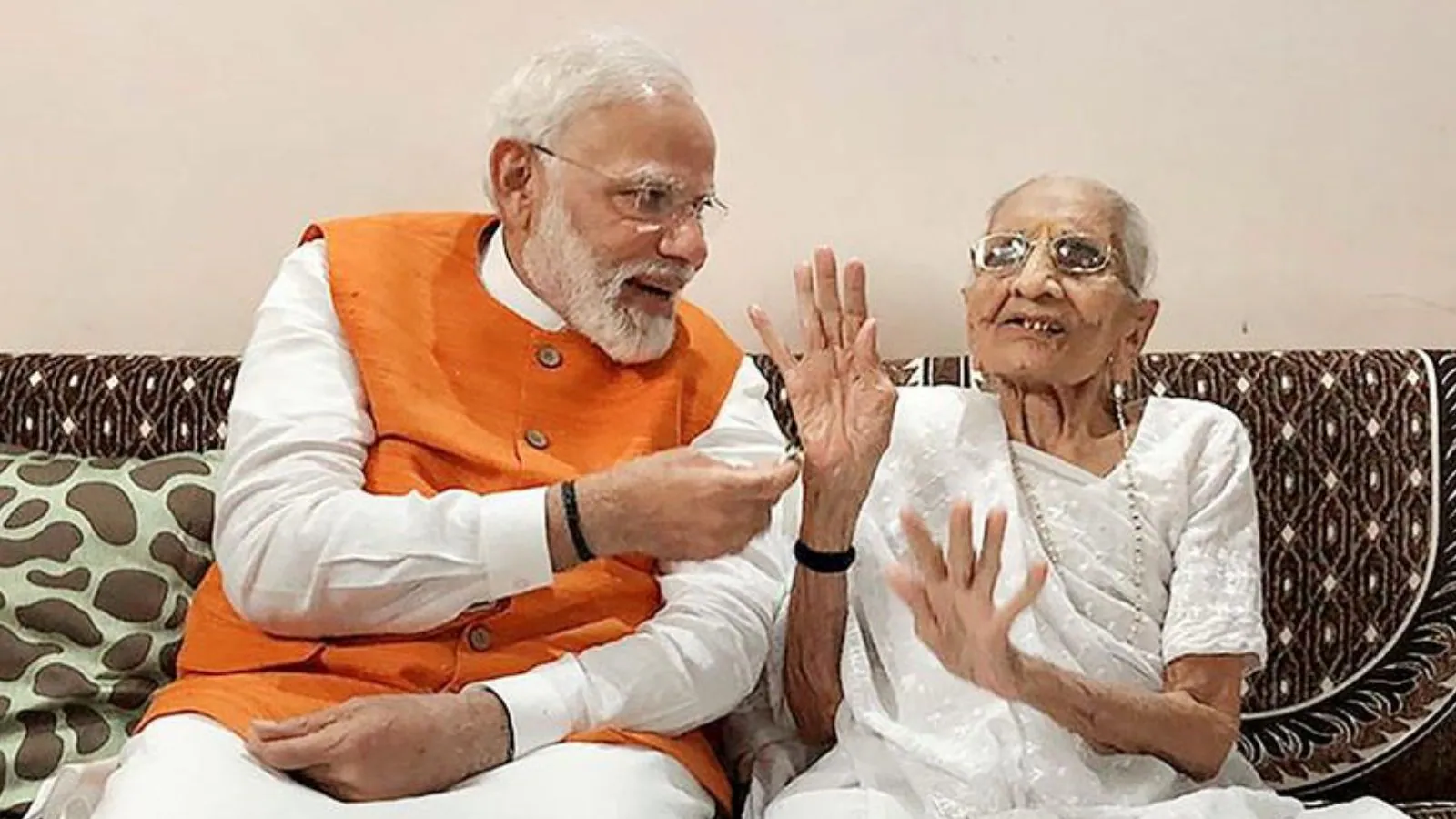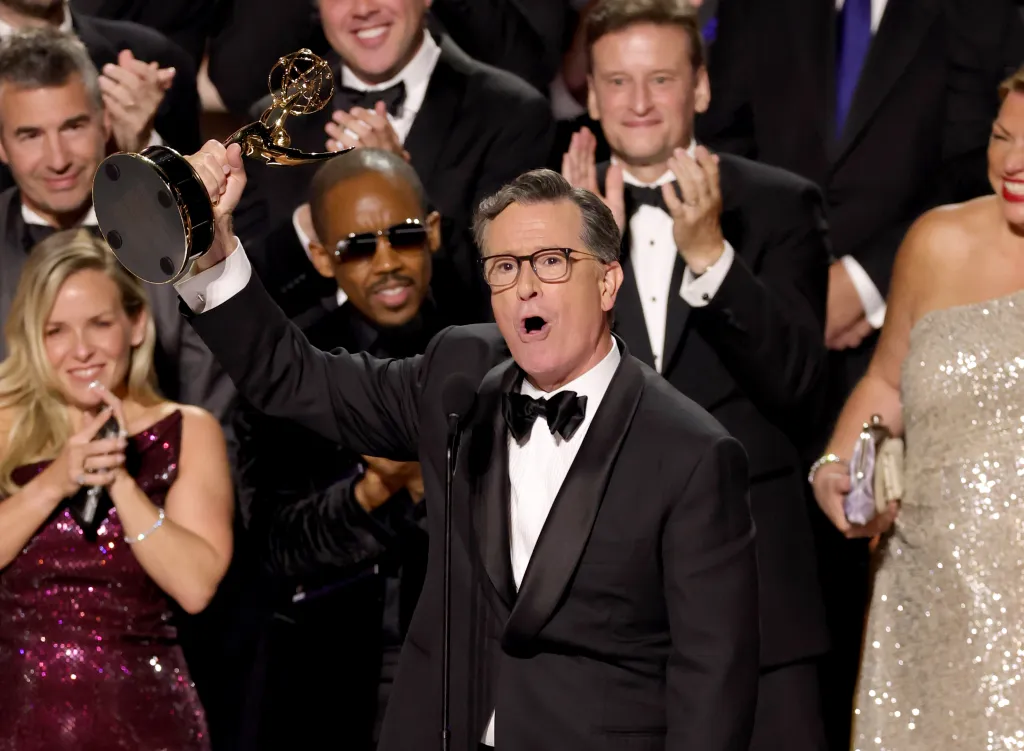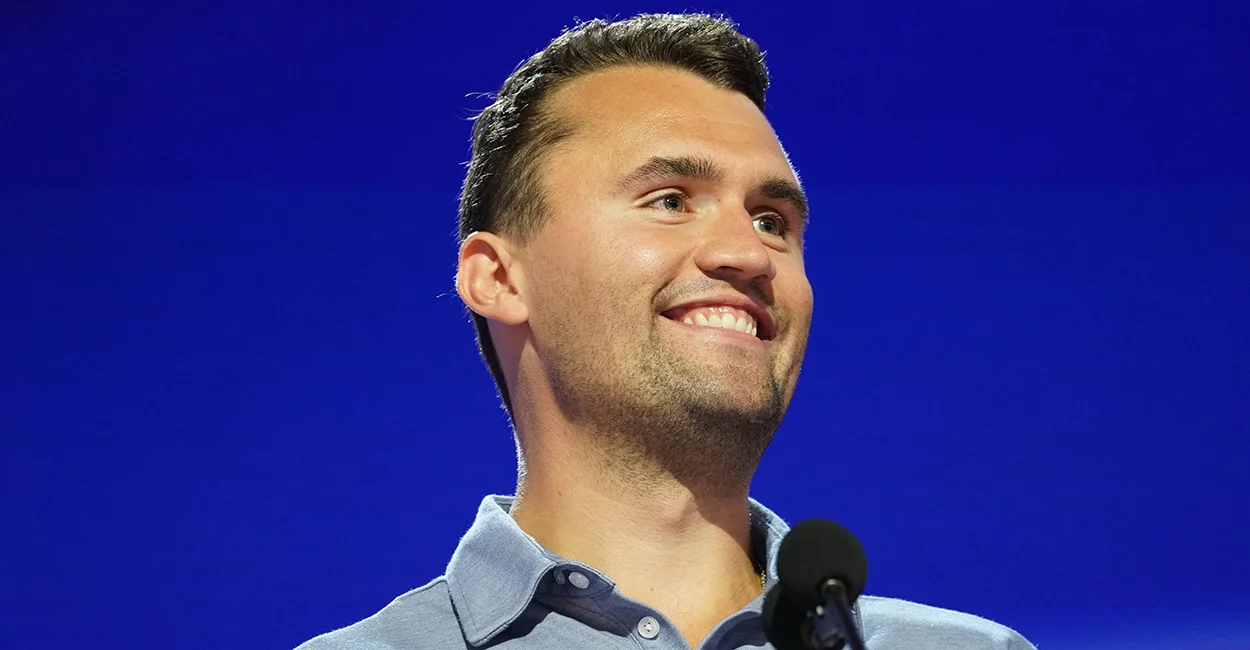
When I assumed leadership of the Centers for Disease Control and Prevention at the height of the Covid pandemic in Jan. 2021, I inherited an institution that had struggled with chronic underfunding for decades, limiting its ability to carry out the vital work it was created to do. In its 74th year, CDC tackled an unprecedented public health disaster, affecting 330 million Americans all at once.
With 4,000 people dying daily in the U.S. from Covid-19, I took the directorship of a weary agency. I brought my infectious disease expertise, evidence-based decision tools, and a leadership approach forged in hospital rooms to what sometimes felt like a Sisyphean task.
Advertisement
My desk was filled with decisions that offered only bad options to choose from and sparse data to guide them. Meanwhile, as everyone searched for someone to blame — whether for the newest variant, vaccine “breakthroughs,” or evolving science — the CDC was first to share the facts as we knew them and provide updated recommendations. Not surprisingly, we often became the target of understandable frustrations and misguided partisan political attacks. Even so, the CDC proudly helped lead a Covid-19 vaccination effort that ultimately prevented an estimated 3.2 million deaths and saved the country an estimated $1.15 trillion.
Despite countless experts working 18 hours a day for months on end to do right by public health, there’s no denying that execution was sometimes imperfect. Importantly, I spent my final year at CDC ushering in a series of critical reforms, including improving communication and bolstering laboratory capacity.
There is a clear nexus between the narrative around the CDC’s performance in that time and the treacherous place we now find ourselves. The shortcomings of the CDC — both real and fictional — during the height of the Covid-19 pandemic are being used as pretext to dismantle both the agency and the programs that ensure Americans have access to lifesaving vaccines.
Advertisement
Health and Human Services leadership is inching toward a complete vaccine takedown, incrementally chiseling away at our previously trusted systems and leaving behind a shaky, fragmented facade that is increasingly obscure and untenable and has already limited vaccine access. The perilous steps taken to date include:
Restriction of Covid-19 vaccine access by age and risk factors has already reduced availability
Withdrawal of $500 million in funding for mRNA research
Dismissal of all of the expert members of the Advisory Committee on Immunization Practices, replacing them with a panel of vaccine skeptics, and the firing of the CDC Director Susan Monarez for refusing the wholesale acceptance of the new panel’s recommendations
Sowing doubt and confusion about who should get vaccinated and when: While an HHS X post noted pregnant women should not get a Covid-19 vaccine, a recent New England Journal of Medicine paper by the commissioner of this Food and Drug Administration noted pregnancy is on the list of underlying medical conditions that “increase a person’s risk of severe Covid-19.”(Recent American College of Obstetricians and Gynecologists recommendations are aligned with vaccinating this high-risk group.)
Instilling fear about childhood Covid-19 vaccine safety by reportedly combing the Vaccine Adverse Event Reporting System and attributing deaths to vaccines where experts have previously found no causal link.
What is less visible — unless you understand the complexities of this country’s vaccine infrastructure — is where these moves are heading. Plans to “reform” the Vaccine Injury Compensation Program, announced on Aug. 7, threaten a cornerstone of vaccine policy. Created in 1986, the VICP provides compensation for the rare, but serious, cases of true vaccine injury. By insulating vaccine makers and health care providers from most liability while ensuring compensation for the rare cases of vaccine-related injury, VICP helps protect the vaccine supply and the people who administer and receive vaccines. Without it, many manufacturers would likely stop producing vaccines altogether. We know that because it happened before.
Equally at risk is the Vaccines for Children Program, launched in 1993 to provide, free of charge, all vaccines on the pediatric immunization schedule (covering 19 diseases) to under- or uninsured children. The program is credited with preventing 472 million illnesses and 29.8 million hospitalizations and saving $2.2 trillion. The newly formed ACIP is charged with revising the list of vaccines included in the VFC. After one recent Senate hearing, HHS issued a statement regarding VFC coverage and religious exemptions related to school entry, in a seeming attempt to intimidate those states without such exemptions. While the legal authority of this letter remains uncertain, the VFC — which funds vaccines for half of the nation’s children — could be in jeopardy given HHS’ demonstrated bias against vaccination.
Add to these prospective harms the very real damage we’ve already seen. This year, we had the largest measles outbreak in 25 years. CDC experts were sent on fruitless searches, looking for data to support home remedies and vitamin treatments for measles. Health secretary Robert F. Kennedy Jr. erroneously boasted of shipping vitamin A to Texas. It never happened, because doctors knew it to be ineffective at preventing infection. Meanwhile, even though hundreds of millions of MMR vaccine doses have been safely administered around the world, at the height of the outbreak Kennedy falsely claimed: “There are adverse events from the vaccine. It causes deaths every year …” The measles outbreak lasted more than seven months, and resulted in three measles-related deaths; yet Kennedy boasted about this response in the Wall Street Journal.
Advertisement
I am deeply saddened for the agency I was honored to lead, for colleagues put in harm’s way, and for the quiet heroism of public health workers who are derided for political gain. Most of all, I am saddened by the preventable deaths that will follow, lives lost because decisions about our health and access to immunizations are being driven by politics and ideology rather than science.
In a divided America, one point of near-universal agreement remains: Even today, 92% of parents vaccinate their children. Surely, we can all agree we do not want our children to die. But unless action is taken — quickly — you may be lured into believing that vaccines are still here, yet they may not be within our collective reach for much longer.
Rochelle Walensky, M.D., M.P.H., is a professor at Harvard Medical School and served as the 19th director of the Centers for Disease Control and Prevention.



